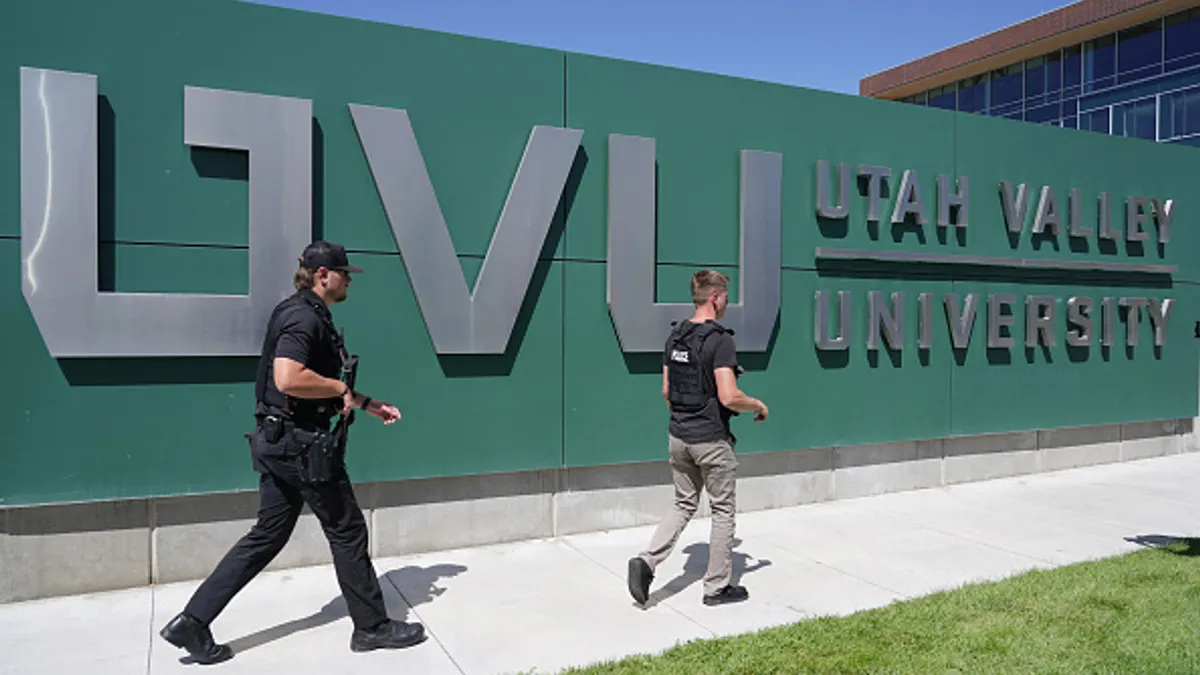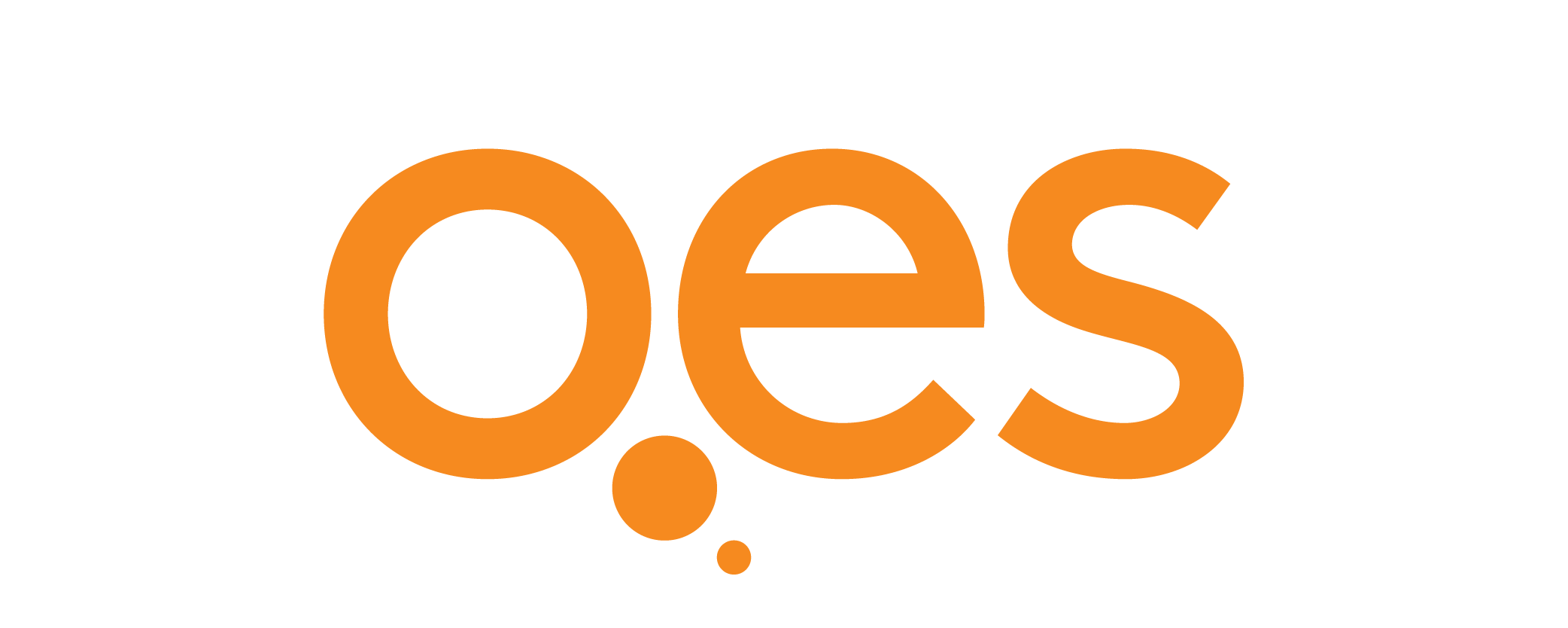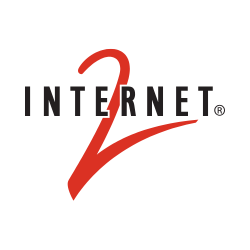Editor's Note: Darcy Richardson is director of continuing education at EdPlus at Arizona State University. EdPlus is the central unit for ASU focused on digital teaching and learning models to increase student success and reduce barriers to achievement.
Tom is a millennial who holds a bachelor’s degree and a steady management position. He is also one of the 92 million adults in the U.S. enrolled in some type of educational program. And, like many adult learners, Tom has realized that his education to date is no longer enough; he must gain new professional skills to not only stay at the top of his game – but also employable.
Or, take Susan, a young woman with some college credit, who has enrolled in two project management courses to expand her horizons and increase her depth of knowledge to equip her for the next step in her career in construction management.
These are increasingly familiar stories. These are the stories of those whose college days are behind them and of those who find the shelf life of their four-year degree expired as they are confronted with unfamiliar technologies and a quickly evolving workplace. They’re the stories of those who are part of the nearly 37 million American adults who have some college credits but no degree, or of those who find themselves facing a sink or swim situation as their day-to-day roles and responsibilities require new professional skills.
Today, employers want T-shaped employees, with a depth of knowledge in one area but also skills that translate to many different jobs, such as critical thinking and clear written and verbal communication. Higher education must do more to help adult learners become the candidates that employers need and want to retain. We have a responsibility to help these learners achieve their professional goals by means of accessible, high quality, and relevant courses. Meeting this growing need is becoming more pressing and is directly tied to the future growth of our economy.
Demand for adult learning
Adult learners comprise the fastest-growing population pursuing higher education in the U.S. today, as illustrated by enrollment numbers and the rise in continuing education programs cropping up in both nonprofit and for-profit institutions.
One key factor driving this is the growing and aging undergraduate population in the workforce. According to the U.S. Bureau of Labor Statistics (BLS), about 40 percent of people ages 55 and older were working or actively looking for work in 2014. What’s more, the BLS reports that this number is expected to increase fastest for the oldest segments of the population — most notably, people ages 65 and older — through 2024. Recent data from AARP supports these findings, reporting that eight out of 10 baby boomers intend to keep working well past the retirement age.
With this trend, adult learners are looking to continuing education courses that will help address gaps between their educational attainment and the demands of their jobs in the face of technological advancements and evolving roles and responsibilities.
The rise of the Internet of Things (IoT) is another driver of enrollment in continuing and professional education courses. The rise of mobile technology and the IoT enables students to develop their own curriculum and allows them the flexibility to complete coursework when and where best suits their schedules. Given the profile of the adult student is quite different from the recent college grad as many work full-time, have families and/or are looking for flexible courses with online components, continuing education courses that are targeted, accessible and online are seeing fast growth.
What’s more, they make adult learners attractive candidates. Employers often tell me, “If I’m looking at an individual who has taken the time to further their education, even informally, that tells me they’re committed to learning and development, which makes them a better candidate.”
Perhaps the most significant driver of demand is the evolving job market, an age-agnostic driver that inherently requires lifelong learning. With this reality comes an increasing need/dependency on a highly educated workforce. Predictions show that by 2020, 35 percent of jobs will require at least a bachelor’s degree and two-thirds will require some type of post-secondary education showing a bachelor’s degree alone won’t support the advancement of an entire career. Additionally, innovation in technology and evolving professional standards force current and future job-holders to keep up.
The opportunity to innovate
This growing demand for continuing and professional education courses is exciting for those of us working to increase access to higher education for the non-traditional learner. As Michael Horn of Entangled Ventures recently put it, this demand “gives schools a license to innovate.”
Institutions looking to meet the growing demand for these courses and provide pathways for adult students’ professional success must take an informed, thoughtful approach to developing the courses and materials themselves. Fundamentally, programs must be developed with not only the profile of the adult learner in mind, but also the needs of employers — the skills and characteristics they are looking for in talent.
For example, drawing on what we know about the adult student, ASU’s new Continuing and Professional Education courses are mostly online, self-paced and developed to create the expertise that employers demand most. To achieve the latter, we utilize a labor force data service that enables us to see hiring trends in industries and companies themselves.
Additionally, we work with industry leaders like Mayo Clinic as another way to ensure that our programs work to create strong talent with skills and attributes relevant for the workforce. This way, we can ensure that the course developed are highly relevant and truly equip adult students for professional success.
We’ve also made a conscious decision that our courses are developed by the same award-winning faculty that teaches at our ground school, and that our courses are focused on professional skills rather than enrichment or executive education classes, which are offered by other schools at ASU.
While higher education works to meet the rapidly growing demand of students outside the traditional 18 to 24 year old age range, there is still a gap between the supply of customized programming that aligns with need employers face for a skilled workforce.
















